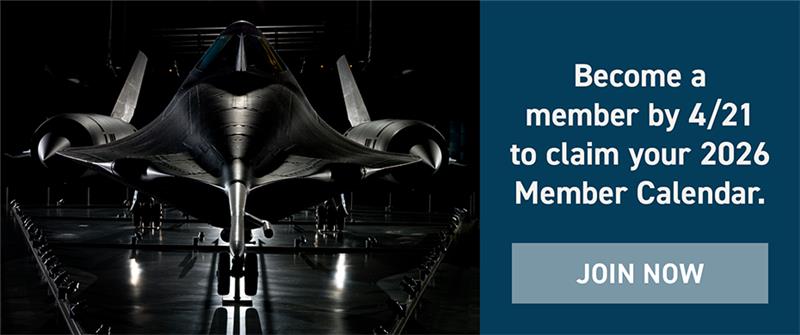
Stories of daring, stories of technological feats, stories of prevailing against the odds ... these are the stories we tell at the National Air and Space Museum. Dive in to the stories below to discover, learn, and be inspired.
Showing 1421 - 1430 of 1761

February 01, 2014
Like Janus, the two-faced god of transitions in Roman mythology, the human spaceflight community looks to the past and future as January turns to February. In 2004, NASA instituted a Day of Remembrance for three crews lost in horrific accidents. Work pauses briefly at all NASA Centers on January 31 for a ceremonial tribute and rededication to safety in spaceflight.

January 28, 2014
For many people, sitting down and reading a thick history book is not the most exciting proposal. I have had more than one relative question my choice to study history, and inform me that it was their least enjoyable class in school. Luckily for them, history can be found in more places than traditional scholarly textbooks. History can be found in television, movies, and even comic books. Although it may be more enjoyable to experience history in this way, these sources may not always be the most accurate representations.

January 23, 2014
On Friday, March 14, 2014, the Museum will put on display its latest restored aircraft, a Curtiss SB2C-5 Helldiver, at the Steven F. Udvar-Hazy Center. For those of you attending the Center’s Open House on Saturday, January 25, you will get a chance to tour the Mary Baker Engen Restoration Hangar and see some of the work-in-progress firsthand (note that the fuselage will not be on view). In anticipation of those events, I would like to share with you some aspects of my work on our example of the famous American World War II dive bomber.

January 22, 2014
Today, January 22nd, is Museum Selfie Day. Museums everywhere are joining in on the selfie phenomenon, one that in 2013 earned “selfie” Oxford Dictionaries' word of the year and inspired an exhibition examining the cultural significance of digital self-expression. The National Air and Space Museum is a selfie canvas every day and we appreciate the many inspiring and often highly entertaining photos that visitors share of themselves in front of historic air and spacecraft.
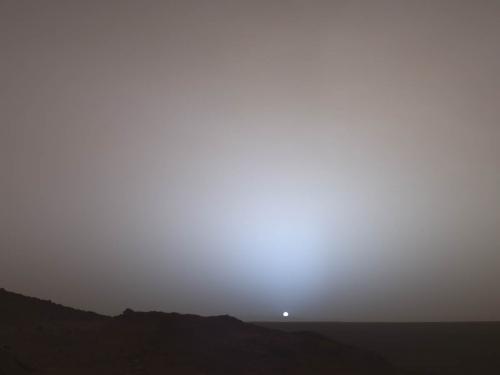
January 07, 2014
For the last ten years the missions of the Mars Exploration Rovers, Spirit and Opportunity, have brought breathtaking images of Mars back to Earth.
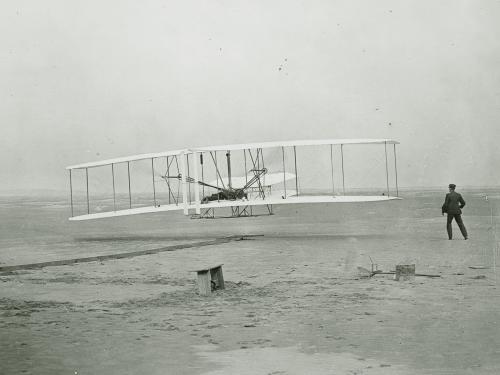
January 02, 2014
December 17, 2013, marked the 110th anniversary of the first powered, controlled flight of an airplane. Wilbur Wright had made the first attempt three days before, when the brothers laid their 60 foot launch rail down the lower slope of the Kill Devil Hill...He had set up a camera that morning, pointed at the spot where he thought the airplane would be in the air. When John T. Daniels walked up the beach with three other surf men from the nearby Kill Devil Hills Lifesaving Station, Orville asked him to squeeze the bulb operating the shutter if anything interesting happened. The result was what has arguably become the most famous photograph ever taken.
Recently, however, some skeptics have suggested that the image does not depict a real flight at all.
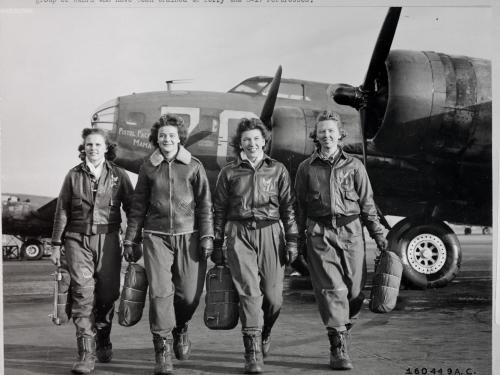
December 29, 2013
The Women Airforce Service Pilots, aka WASP, easily illustrate the theme of this year’s Rose Parade, Dreams Come True, as that is what happened for each woman selected to be a WASP.
December 26, 2013
As our northern hemisphere days begin to lengthen, I like to think about the many ways people have marked the Winter Solstice throughout human history. Like Summer Solstice (the longest day), the equinoxes, and motions of the planets and Moon through the sky, Winter Solstice has long been observed, recorded, and used to construct special buildings. Some of these buildings were erected so long ago that no written record of their use is available today, but they clearly point at cultures that valued the knowledge of precisely when the longest night of the year occurs. Two ancient cultures in the northern hemisphere whose monuments I’ve visited come to mind: Celtic and Anasazi.
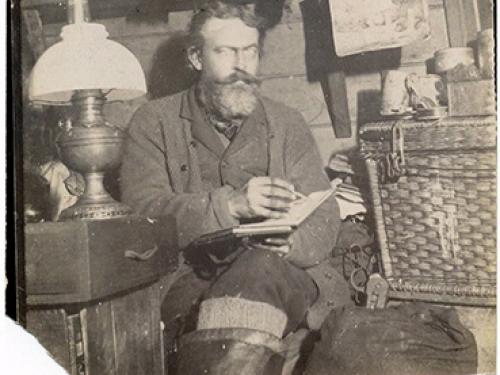
December 24, 2013
In 1898, Walter Wellman led an attempt to reach the North Pole using ship and sledge via Franz Josef Land, a group of uninhabited Russian islands in the Arctic Ocean. A journalist who had already made an unsuccessful polar attempt in 1894, Wellman also hoped to discover what had become of Swedish explorer Salomon A. Andrée, who had attempted to reach the Pole via balloon in 1897. Many notable names provided funding for the expedition, including President William McKinley, Vice President Garret Hobart, J.P. Morgan, and William K. Vanderbilt. The expedition arrived at Franz Josef Land in July 1898 and built their headquarters, “Harmsworth House.” Wellman sent Evelyn B. Baldwin, a meteorologist with the United States Weather Bureau and a veteran of one of Robert Peary’s Greenland expeditions, ahead north to establish an outpost to be used in the spring for their push to the Pole.

December 21, 2013
The second Apollo mission to carry astronauts into space provided NASA and the world with an unprecedented view of life on Earth. From the start, with its planned mission to fly three astronauts around the Moon and back, Apollo 8 became a touchstone for how people understood the process of spaceflight.
